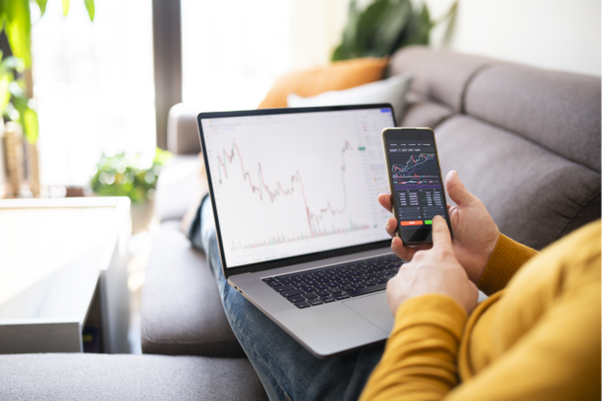Investors tend to expect a premium return when investing in smaller companies – a higher return for taking on more risk. But that’s not always going to be the case and it’s important to know about the risks so you can manage them better.
Here are 10 things you need to know about investing in smaller companies and how they can help diversify a portfolio.
This article isn’t personal advice. Investments rise and fall in value, meaning you could get back less than you invest. Past performance isn’t a guide to the future. If you’re not sure if an investment’s right for you, ask for financial advice.
What are the higher risks of investing in smaller companies?
Illiquidity
Shares of smaller companies trade less frequently than bigger peers. They can be harder to buy and sell which can mean they’re more expensive to trade.
Recession
Smaller companies have historically underperformed from the peak of an economic cycle to its trough. But, this doesn’t help us time investing – since we don’t usually know we’re in a recession until after it’s started.

Credit
Borrowing is more expensive for smaller companies which can impact the investment story – especially when we see changes in interest rates.
Inflation
For all shares, valuations fall when inflation is high. But that fall is usually greater for smaller companies.
Price volatility
The combination of these risks mean share prices are more volatile. They generally will experience more ups and downs – it’s why investors expect a higher return.
What are the lower risks of investing in smaller companies?
Not all risks are higher for smaller companies. These risks are either lower, different or the same.
Complexity
Bigger companies can be complicated, which make them harder to understand.
In 1999, two divisions of Sony launched competing versions of a portable digital player. Unsurprisingly, both failed.
Smaller companies on the other hand are typically simpler to understand – and knowing what you’re investing in and how the company works is important.
Concentration
The top 10 stocks in the MSCI World Index account for a fifth of the value of index. By contrast, the top 10 in the MSCI World Small Cap Index makes up just 2%.
In fact, the strong performance of the 'Magnificent Seven' – big artificial intelligence-linked stocks – explains a lot of the recent smaller company under performance.
What are the different risks?
Currency
Smaller companies normally have a higher proportion of sales in their domestic currency. By contrast, larger companies include more multinationals.
Different companies
The MSCI World Index includes 1,465 companies. The MSCI World Small Cap index has over 4,000.
What’s more, individual company results explain more of the stock performance. For larger companies, country, sector, and style factors are more relevant for investor outcomes.
Births and deaths
The mix of small companies changes over time. Successful businesses might be subject to a takeover or promoted to the large-cap world. Less successful large companies will be demoted. And the least successful companies will fail.
Over the last decade, the companies exiting the small cap world have been higher quality than the new entrants – one ingredient in their underperformance.
What risks are the same whether you’re investing in big or small companies?
Investors in smaller companies are still exposed to the ups and downs of stock markets. They need to understand their country and industry exposures. They’re still exposed to style factors like quality and value. And they need to be aware of stock-specific risks.
While a smaller companies index is riskier than a large companies index, an actively managed portfolio doesn’t have to be. Investors can manage risk by tilting exposures to these different risks.
These range of risks help explain why smaller companies perform differently to large. Investors have to decide whether they’re being adequately rewarded for these risks – or manage them through stock selection.
If you’re looking to invest in smaller companies, an active fund could be an option – that way you leave the stock picking to an expert fund manager who’ll manage the risks we’ve spoken about above.
Our Wealth Shortlist is a good place to start.
We put funds under the microscope to make sure the list only contains the funds that our in-depth analysis indicates have the greatest long-term performance potential.
From global smaller companies to UK smaller companies, we have lots of different funds on our shortlist.





